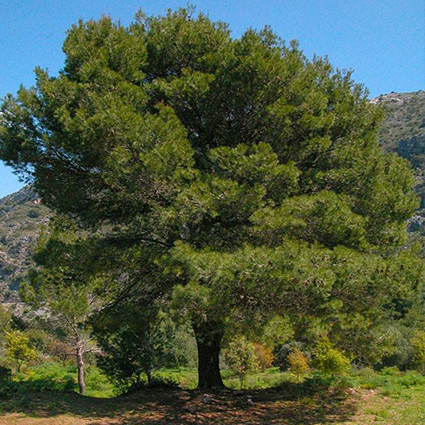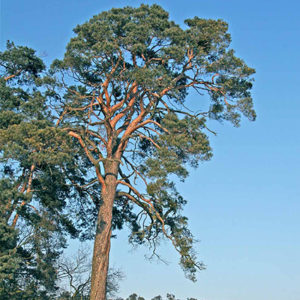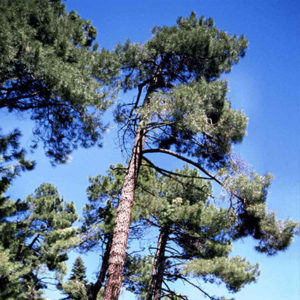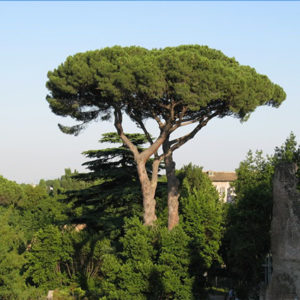Description
Pinus halepensis, commonly known as the Aleppo pine, is a pine native to the Mediterranean region. Its range extends from Morocco, Algeria and Spain north to southern France, Italy, Croatia, Montenegro, and Albania, and east to Greece, all over Malta and northern Tunisia, with an outlying population (from which it was first described) in Syria, Lebanon, southern Turkey, Jordan, Israel, and Palestinian territories.
It is generally found at low altitudes, mostly from sea level to 200 m (660 ft), but can grow up to 1,000 m (3,300 ft) in southern Spain, well over 1,200 m (3,900 ft) on Crete, and up to 1,700 m (5,600 ft) in the south, in Morocco, Algeria and Tunisia. The tree is able to quickly colonize open and disturbed areas. It can grow on all substrates and almost in all bioclimates in the Mediterranean.
Distribution: It is generally found at low altitudes, mostly from sea level to 200 m (660 ft), but can grow up to 1,000 m (3,300 ft) in southern Spain, well over 1,200 m (3,900 ft) on Crete, and up to 1,700 m (5,600 ft) in the south, in Morocco, Algeria and Tunisia. The tree is able to quickly colonize open and disturbed areas. It can grow on all substrates and almost in all bioclimates in the Mediterranean.
Species: Pinus halepensis | Aleppo pine
Family: Pinaceae | Genus: Pinus
Height: : 15 – 20 m
Plant range: Mediterranean, W Asia
- Compesation timing: CO2 60 Kg.
- CO2 Annual compensation: 3Kg / year.
- CO2 offset period: 0 anni 20 anni.
- Average natural life span: 55 anni.
Used for:
In its native area, P. halepensis is widely planted for its fine timber, making it one of the most important forestry trees in Algeria and Morocco. In Israel, the Aleppo pine, along with Pinus brutia, has been planted extensively by the JNF.








